01. In the early 1970s, it was President Richard Nixon who promoted the Federal Design Improvement program, which was an initiative meant to upgrade federal design.
In a May 1971 memo, President Nixon directed the heads of all federal departments and agencies to consider how the arts and artists might “be of help to your agency and to its programs.” The overwhelming response was that the federal government needed better offices and better graphics.
Ultimately, more than 45 government agencies, including the National Aeronautics and Space Administration and the U.S. Postal Service, revamped their graphics under this mandate.

02. In his “Essay on Typography”, published back in 1931, English typeface designer Eric Gill advocated for the radical idea of “unjustified” typesetting.
He opined in his “Essay on Typography” that ‘a good piece of lettering is as beautiful a thing to see as any sculpture or painted picture’.
Eric Gill is best known as the type designer of Gill Sans® (the Helvetica of England) (1927–30), Perpetua® (1929–30), Joanna® (1930–31), Floriated Capitals™ (1932) and more.
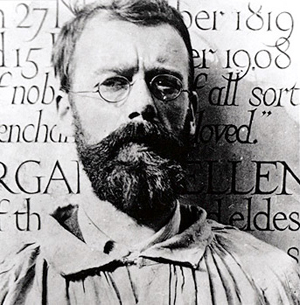
03. Swiss typeface designer Adrian Frutiger took three years to finish designing the Univers family of typeface, which includes 21 sans-serif fonts.
Univers is a neo-grotesque typeface, based on the model of the 1898 typeface Akzidenz-Grotesk. Univers proved enormously influential: it was one of the first typefaces to fulfill the idea that a typeface should form a family of consistent, similar designs. By creating a matched range of styles and weights, Univers allowed documents to be created in one consistent typeface for all text, increasing the range of documents that could be artistically set in sans-serif type. – wikipedia
Adrian Frutiger died on September 10, 2015 at the age of 87 in Bremgarten.

04. American graphic artist Ethel Reed was a pioneer in graphic design and illustration, noted for being the first American woman to get widespread recognition in both disciplines.
Ethel Reed (1874-1912) was an internationally recognized American graphic artist.
Reed was born in Newburyport, Massachusetts, on March 13, 1874. Her mother and her moved to Boston in 1890, was briefly educated at the Cowles Art School in Boston in 1893, and after 1894 began to receive public notice for her illustrations. In 1896, she sailed to Europe with her mother, and a year later settled in London, where Reed worked as an illustrator, in particular, for the Yellow Book, a quarterly literary periodical, which was co-founded by Aubrey Beardsley. She died in her sleep in 1912.
In her short career, Ethel Reed achieved recognition one of the pre-eminent illustrator and poster artists of her period.
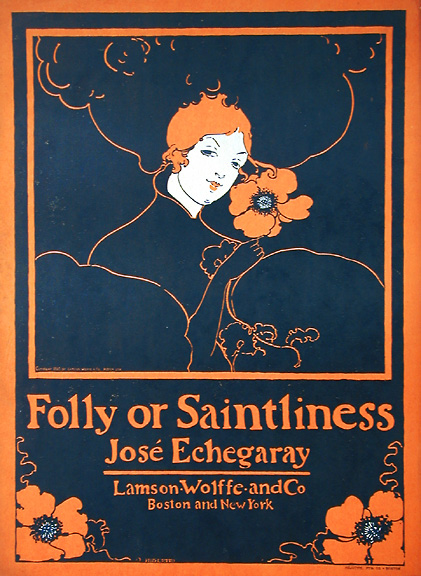
05. In October 2007, X-Rite, Inc., a manufacturer of color matching products, purchased Pantone, Inc. for US$180 million.
Pantone Inc. is best known for its Pantone Matching System (PMS), a proprietary color space used in a variety of industries. It is the standards for global communication of color in the printing, publishing, packaging, graphic arts, paint, plastics, coatings, computer, film, video, textile and fashion industries. Pantone is headquartered in Carlstadt, New Jersey.
Pantone began as a commercial printing company of M & J Levine Advertising in the 1950s in New York City. In 1956, its founders hired recent Hofstra University graduate Lawrence Herbert (a bio-chem major) as a part-time employee. As a color matcher, he systematized and simplified the company’s stock of pigments and production of colored inks. By 1962, Herbert was running the ink and printing division at a profit. He subsequently purchased the company’s technological assets from the Levine Brothers and in 1963 renamed it as “Pantone” and invented the world-renowned Pantone® Matching System®.
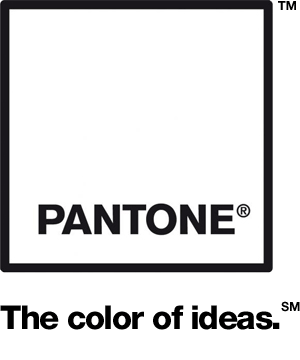
06. Semiotics is the study of signs and symbols and their application or interpretation.
Semiotics is closely related to the field of linguistics, which studies the structure and meaning of language more specifically. The semiotic tradition explores the study of signs and symbols as a significant part of communications.

07. Sans-serif typeface debuted in print way back in 1816 when it was first featured in a specimen book by one William Caslon IV.
In typography, a sans-serif typeface is one that does not have the small projecting features called “serifs” at the end of strokes. The term comes from the French word sans, meaning “without” and “serif” from the Dutch word schreef meaning “line”.
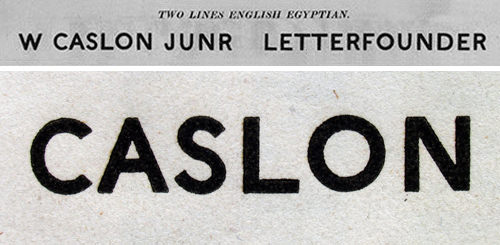
08. Italian Renaissance printers came up with so-called printers’ marks designed to identify and protect their works, much like watermarks on images are used today.
The first printer’s mark is found in the 1457 Mainz Psalter by Johann Fust and Peter Schöffer. It was a trademark of kind that was employed to guard against piracy and that served as a seal of quality.

09. Carl Sagan and Frank Drake designed the Pioneer plaque, which was the very first physical message that was sent into space in 1972.
10. Chinese alchemist Bi Sheng (990–1051) created the world’s first known movable type system for printing made of ceramic materials around A.D 1040 [Northern Song Dynasty (960–1127)].
Movable type is the system of printing and typography that uses movable components to reproduce the elements of a document (usually individual letters or punctuation).
In 1377, currently the oldest existing extant movable metal print book, Jikji, was printed in Korea. The diffusion of both movable-type systems was limited because of the heavy cost and labor intensive job of manipulating the thousands of ceramic tablets or metal tablets, required for scripts based on the Chinese writing system.
Around 1450 Johannes Gutenberg made a mechanical metal movable-type printing press in Europe, along with innovations in casting the type based on a matrix and hand mold, which remain standard for 550 years. The more limited number of characters needed for European languages was an important factor (as opposed to thousands of characters for Chinese).
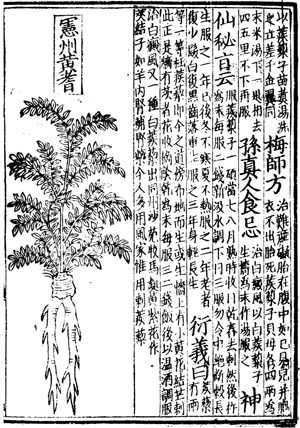
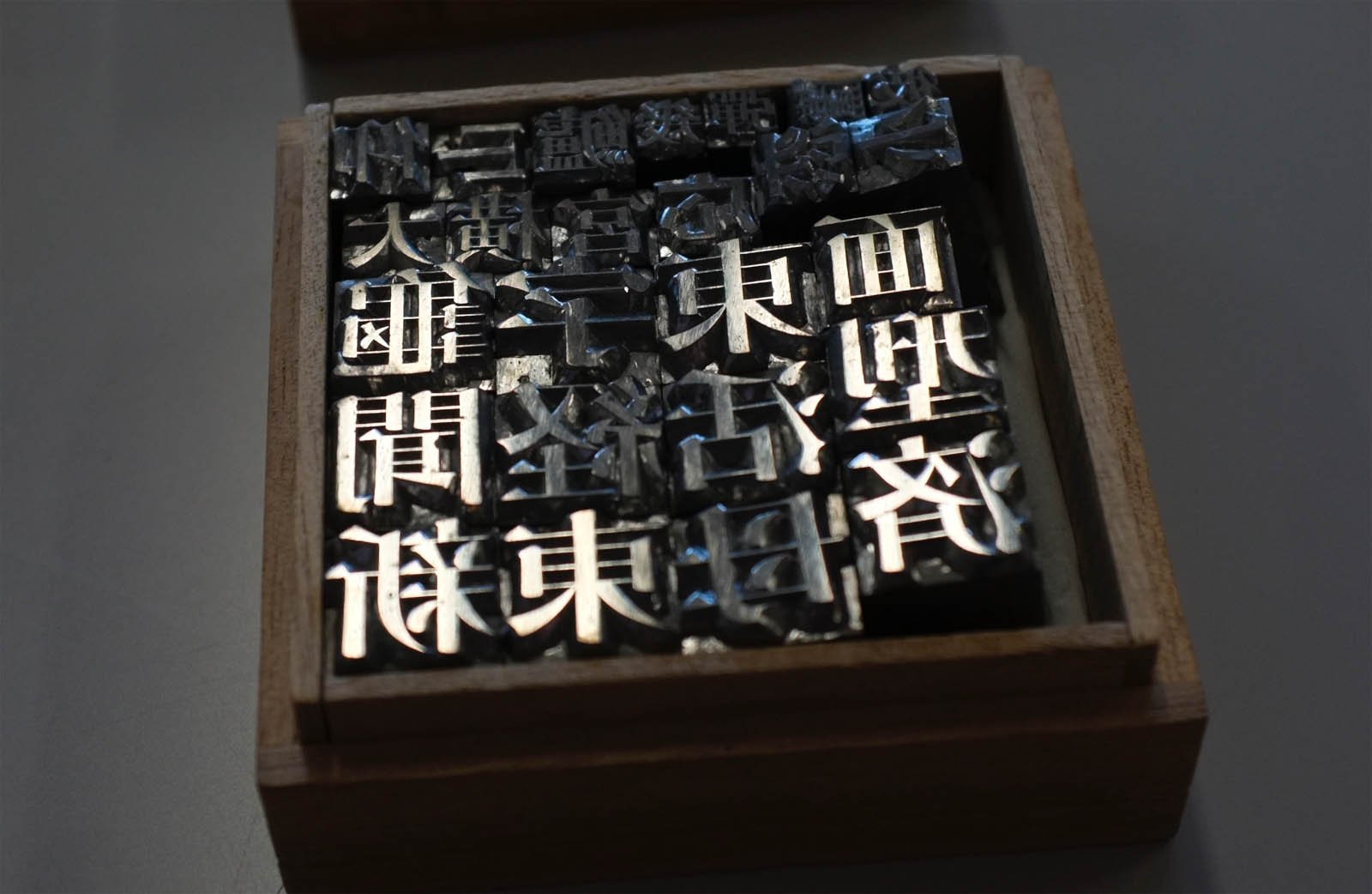
11. The original Apple Macintosh icons were designed by Susan Kare. Many of these visual metaphors are still in used today.
Susan Kare (1954) is an artist and graphic designer who created many of the interface elements for the Apple Macintosh in the 1980s.
Kare was an early pioneer of pixel art, her most recognizable works from her time with Apple are the Chicago typeface (the most prominent user interface typeface seen in Classic Mac OS, as well as the typeface used in the first four generations of the Apple iPod interface), the Geneva typeface, the original monospace Monaco typeface, Clarus the Dogcow, the Happy Mac (the smiling computer that welcomed Mac users when starting their machines), and the symbol on the Command key on Apple keyboards.

12. Information design was pioneered by Czech designer Ladislav Sutnar.
13. Saul Bass designed the Quaker Oats logo in (1969) 1971.
Bass was prolific as a logo designer and is also well-known for his motion picture title sequences. His logo works include Quaker Oats, United, Minolta, the Girl Scouts of America, Dixie cups, Frontier Airlines, United Way, General Foods, AT&T, and Geffen Records were all rendered by Bass. And many of the logos that have been tweaked over the years, such as Kleenex, still stay true to his original vision and remain largely inspired by Bass’ suggestions.
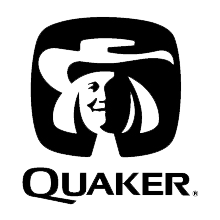
14. Wolfgang Weingart, the renowned typographer and graphic designer, established the foundation for the New-Wave typographic movement when he rejected the international style.

15. In the early 20s the owner of Château de Crémat allowed Coco Chanel to use their double-C logo for her own brand. (?)
Gabrielle Bonheur “Coco” Chanel (19 August 1883 – 10 January 1971) was a French fashion designer of women’s clothes and founder of the Chanel brand. Along with Paul Poiret, Chanel was credited in the post-World War I era with liberating women from the constraints of the “corseted silhouette” and popularizing a sportive, and casual chic as the feminine standard of style.
However, it is said that Chanel is in fact the original designer of the infamous logo for the house of fashion in 1925, just 15 years after she started her line. She may not have been the first to use interlocking C’s as a symbol, but she sure designed it. French Queen Claude used a similar symbol at the Chateau Royal de Blois, as did her daughter-in-law Catherine de Medici.
Popular lore has several other theories for the infamous logo:
• it came from the interlocking C’s found on the stained glass windows of the Château Crémat in Nice
• it can be found in the geometric patterns found in the stained glass windows of the Chapel of Aubazine, a monastery/abbey where Chanel spent a good portion of her childhood
• it was an amalgamation of the initials of Coco Chanel and Arthur “Boy” Capel, who was the love of Chanel’s life and a founding business partner in the house of Chanel
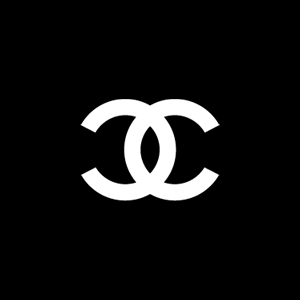
16. The CBS ‘eye’ logo came from the Pennsylvania Dutch, who painted hex signs on their barns to repel evil forces.
In 1951, Creative director Bill Golden created the logo, which was inspired when he drove through Pennsylvania Dutch country. He became intrigued by the hex symbols resembling the human eye that are drawn on Shaker barns to ward off evil spirits. With the help of graphic artist Kurt Weihs, the Eye logo was created.

17. MTV’s logo was designed in 1981 by Manhattan Design, a NYC studio known for its edgy, music-industry work.

18. A Buddhist text known as the “Diamond Sutra” (Vajracchedikā Prajñāpāramitā Sūtra) or “Perfection of Wisdom” is the oldest surviving printed manuscript (in the words of the British Library).
This Chinese version of Diamond Sūtra, found among the Dunhuang manuscripts in the early 20th century by Aurel Stein, was dated back to May 11, 868.
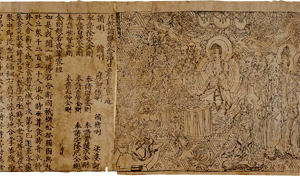
19. Wolff Olins, a London design company, played a key role re-introducing use of pictorial symbols in branding.

20. The logo for Spanish lollipop company, Chupa Chups, was designed by Salvador Dali in 1969.
Chupa Chups is a popular Spanish brand of lollipop sold in over 150 countries around the world. It was founded in 1958 by Enric Bernat, and is currently owned by the Italian multi-national corporation Perfetti Van Melle. The name of the brand comes from the Spanish verb chupar, meaning “to lick or to suck”
Its first marketing campaign was the logo with the slogan “És rodó i dura molt, Chupa Chups”, which translates from Catalan as “It’s round and long-lasting.”
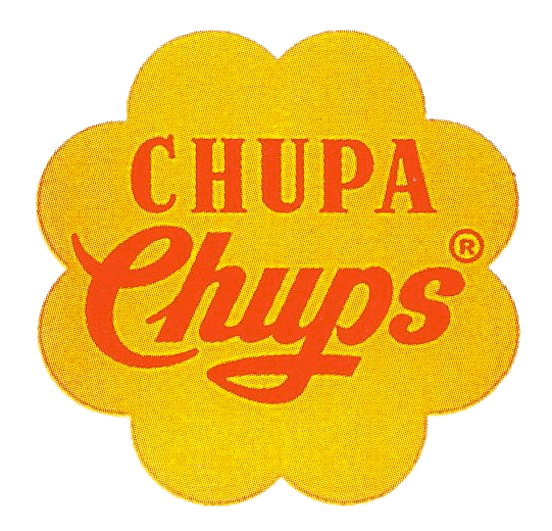
21. The braille alphabet, developed by blind Frenchman Louis Braille in 1821, uses 6-dot cells to create characters.
It is traditionally written on embossed paper. Braille-users can read computer screens and other electronic supports thanks to refreshable braille displays. They can write braille with the original slate and stylus or type it on a braille writer, such as a portable braille note-taker, or on a computer that prints with a braille embosser.
In 1824, at the age of 15, Braille developed his code for the French alphabet as an improvement on night writing. He published his system, which subsequently included musical notation, in 1829. The second revision, published in 1837, was the first binary form of writing developed in the modern era.
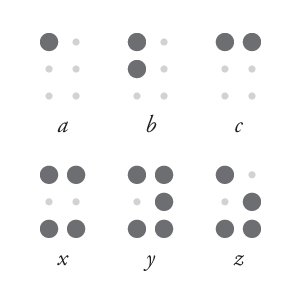
22. “Mrs Eaves” font is named after Sarah Eaves, a housekeeper and mistress of type designer John Baskerville (whom later became his wife).
Like the widows of Caslon, Bodoni, and the daughters of Fournier, Sarah similarly completed the printing of the unfinished volumes that John Baskerville left upon his death.
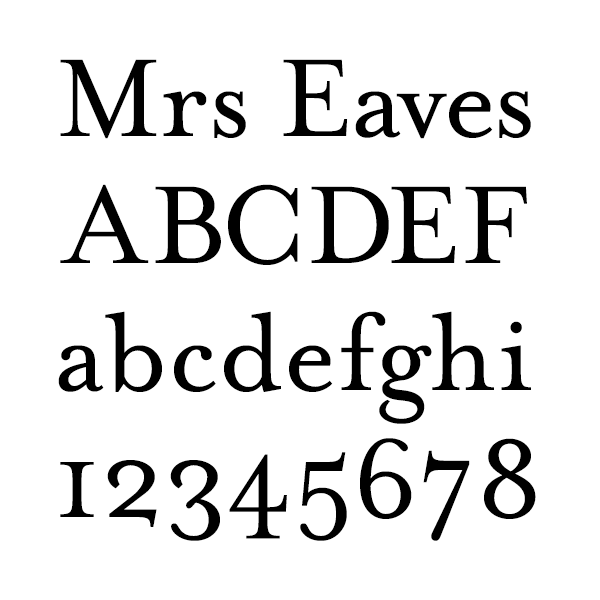
credit source: designfacts.org

